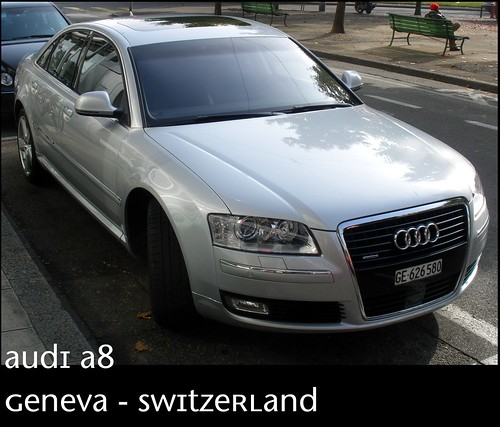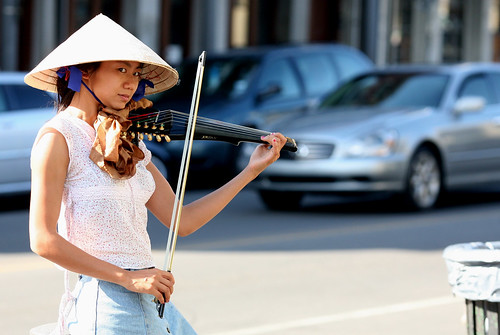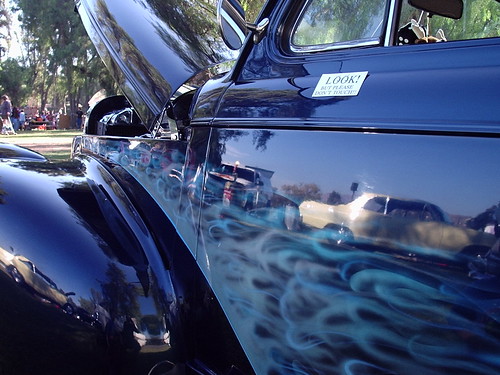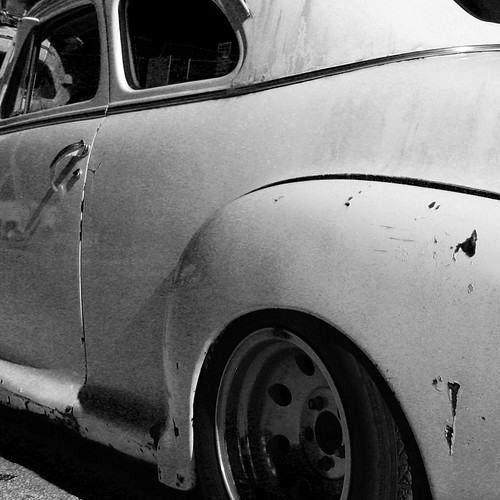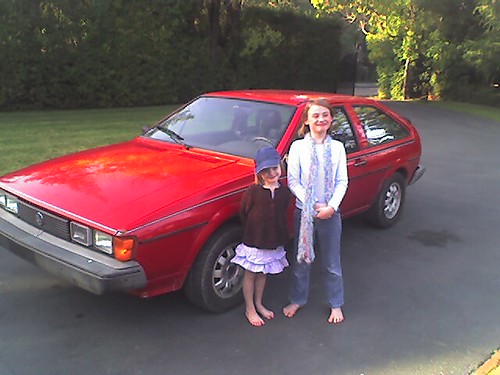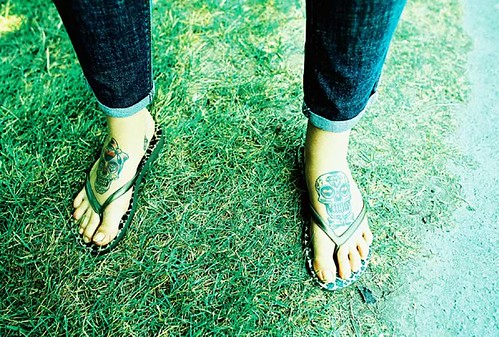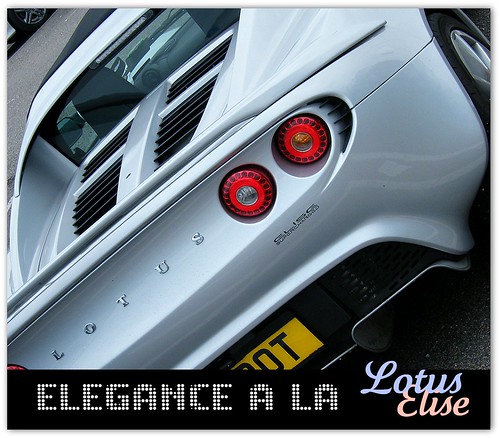Check out these small cars for girls images today:
Colorful Hispanic Girl — One of 18 scenes from today's 16 June, 2012 Pismo, CA The Classic at Pismo Beach Car Show

Image by mikebaird
Colorful Hispanic Girl — One of 18 scenes from today's 16 June, 2012 Pismo, CA The Classic at Pismo Beach Car Show
thepismobeachclassic.com/ says
"27th Annual Classic at Pismo Beach – June 15 – 17, 2012: Call Today For More Information – (866) 450-7469The Classic at Pismo Beach Car Show is now approaching itʼs 27th year and has continued to grow strong since the early 80ʼs. The show is located in the beautiful downtown area and the on the pier on the Central Coast in beautiful Pismo Beach, CA. Each year Just Cruzinʼ Productions continues the tradition of one of the largest car shows in California. The Classic show is one of the most well known and well respected shows in the nation. It is one of the largest shows in one of the most breathtaking landscapes in the world. The Classic brings in approximately 175,000 spectators to the small town each year and over 1,000 show vehicles. Everyone is welcome and the event is FREE to the public! The show happens Fatherʼs Day weekend each year and the dates for 2012 are June 15 – 17."
June 16, 2012 6:30 AM. 14 attended. Pismo Car Show – Photographing Classic Cars!
Light Photographic Workshops Meetup "The California Central Coast Photography Meetup"
www.meetup.com/LIGHT-Photographic-Workshops/events/62558832/ said
"Meet at the South East corning of Dolliver and Pomeroy.The Classic at Pismo Beach Car Show is now approaching itʼs 27th year and has continued to grow strong since the early 80ʼs. The show is located in the beautiful downtown area and the on the pier on the Central Coast in beautiful Pismo Beach, CA. Each year Just Cruzinʼ Productions continues the tradition of one of the largest car shows in California. The Classic show is one of the most well known and well respected shows in the nation. It is one of the largest shows in one of the most breathtaking landscapes in the world. The Classic brings in approximately 175,000 spectators to the small town each year and over 1,000 show vehicles. Everyone is welcome and the event is FREE to the public! The show happens Fatherʼs Day weekend each year and the dates for 2012 are June 15 – 17. This show is open to all makes, models and years of cars.We will meet on Saturday morning to photograph the set up of the cars as well as during the show hours. It is good to get there early so that you don’t have to worry about the reflections of the crowds and more of the entire car of your choice. Once the crowds start to build we like to photograph a bit closer to the cars and get parts.We would like to meet as a group first to go through a few tips and safety items before going in for photography. The leaders, Bob and Kevin have been photographing car shows for a long time and know a few things that car owners would appreciate you knowing before getting started.We will start walking about 10 minutes after we meet so try to get there on time!"
Photo © 2012 "Mike" Michael L. Baird, mike {at] mikebaird d o t com, flickr.bairdphotos.com, Canon 5D Mark III, with a Canon EF 70-200mm f/2.8L IS USM Telephoto Zoom Lens, with no circular polarizer, handheld, shooting RAW, Lightly developed in Lightroom 4. See EXIF for photo-specific exposure settings.
To use this photo, see access, attribution, and commenting recommendations at www.flickr.com/people/mikebaird/#credit – Please add comments/notes/tags to add to or correct information, identification, etc. Please, no comments or invites with badges, images, multiple invites, award levels, flashing icons, or award/post rules. Critique invited.
Girls are also Good!

Image by Wootang01
The bus ride from Shenzhen to Enping was long, like watching a freight train chug by, except it doesn’t. We had to have been on that bus for seven hours, sometimes napping, and at times, staring out our windows, looking at a world standing still. Traffic was not only a nightmare, but also a mystery, for as many instances in which we could plainly see another egregiously bad vehicular accident, that which has become commonplace, ubiquitous in Chinese travel culture, there were other inexplicable stops in movement, when all of a sudden, as though finishing a swift countdown, our speed dropped so precipitously as to let out a collective lurch, if not in body, then definitely in mind. Calvin, thankfully, in his perspicacity, in his wide-angled, unique view of things, saw beyond the myriad vehicles which lay unmoving as if rocks on a dry riverbed; view the periphery, he bade us, and when we looked to the edges of the road, indeed we witnessed the most peculiar instigator of traffic congestion in the world – men en masse pissing on the side of the road! Men taking leaks creates a domino effect; that one sees another enjoying the relief of an unburdened, easy bladder, so seductive a yoke, that the only retort to the entreaty of this blissful state is to join in with abandon, and impunity. And so soon as the last few shakes are made, back into the cars do these men go, and a few hasty minutes later, traffic flows again!
Mike wanted to stop at a village, so we exchanged an increasingly crowded highway for a narrow, cement road, on which we ventured into the dense verdure. Having reached an impasse in the road soon thereafter, and not knowing how to advance further, to actually enter the village proper, we saw two lovely young ladies saddling a moped, motoring towards us. They then suddenly broke, and turned off our path and onto a dirt one which squeezed through two homes as though a mouse through its diminutive hole – that was our key. We greeted them as the girls turned their heads, offering us inquisitive, yet gentle looks. They would be our guides into town.
Blue showed me around her neighborhood. Together we walked along bumpy corridors and peered through open windows, beyond flitting cobwebs, to lay eyes on rooms where nowadays only impenetrable shadows repose. She and I examined the perfunctory red banners which framed each door in the village, and subsequently hit it off when I began inquiring into the nature of those two swarthy demons who hung menacingly before the closed doors, their gazes insidiously wild, drunk with rage, perhaps. Indeed later, in the quietude of a sunset raining down on us, while standing by ourselves in front of the village hall, I finally shared my faith with her, and in return she declared the lack of her own – her cousin and older sister, however, do know Jesus, she said, which verily warmed my heart, if not hers.
We left the village with much rapidity, but not before I blessed and encouraged Blue’s cousin, in whose arms a smiling babe lay, and received joyfully a delectable departing gift: mysterious, "Blue Cookies" (the official Chinese name is 艾糍), whose mottled, homely complexion would disgust if not for the sweetness (an amalgam of sugar, peanuts and herbs) buried inside, a treasure which would be discovered again and again on our tour.
The food around Enping epitomizes, I believe, Guangdong cuisine: inexpensive and egregiously non-spicy. For what they lack in price and incendiary acidity, however, these dishes more than compensate with copious amounts of oil, salt and sugar, mixed together for a tantalizing effect on the taste buds. Our group was fortunate enough to have frequented several Guangdong-style dai pai dongs whose victuals both nourished our bodies and replenished our wallets – it’s amazing to consider how 0RMB can feed 15 ravenous, cantankerous-when-hungry Christian bikers. In fact, the feasting grew exponentially more enjoyable as journey progressed, as our two primary orderers began to refine their culinary acuity, accurately predicting what would invigorate and excite our collective palate; it helped, too, that our utensils were pretty clean for Chinese standards!
Our first evening, we secured accommodations in a building that was not so much a hotel, or even a motel, as a grey, dry concrete edifice in which hardwood beds were arrayed neatly in each room; the spartan conditions dismayed some, including myself, at first. However, thankfulness trumped peevishness, and the realization that, in the middle of nowhere, we had mosquito nets to ward off the inexorable squad of mozzies, and one bathroom with boiling water for a very, very scalding shower was more than enough to placate everyone, especially after a hard day of riding. Besides, austerity succors the soul. We even managed to sleep pretty soundly without mattresses. In my somnolent state, I only remember shifting desperately maybe six, or seven times. It was a good night, and a bargain at only 15RMB per person!
On the second day our group dared to test itself on an unknown avenue. Consequently, we were spared the sonorous alarms of gigantic, indomitable trucks and instead subjected ourselves to the vicissitudes of off-road biking, whose soundtrack, undoubtedly for the day, was provided by an orchestra of buzzing cicadas, accompanied, at times, by the rumbling tympani of motorbikes. Oh, the countryside was lush, beautiful verdure all around – a feast for the romantic soul. Yet, for one of my companions, the environment was anything but endearing, for her adeptness at handling the desultory trail, she surely felt, was more chaotic than controlled. She persevered, nonetheless, pushing through her disconsolation to conquer the race marked out for her; such tenacity that only the Father could supply; and that left me thoroughly impressed.
At lunchtime, the evangelization effort began in earnest. It started innocently enough, as I asked a group of girls about the secondary school down the dusty road from our restaurant. Then, on cue, the Spirit, whose pacing can only be described as frenetic, whose rhythm is beyond my comprehension, overwhelmed and took over. Leanne and I brought those three girls to Christ; while Tim was assiduously preaching by our side to a band of boys who had gathered to look on; and behind us, ah Cheung had cajoled five boys to form a circle, hand in hand, for prayer. Many people came to know Jesus that hour. There was undoubtedly some serious fire falling down on us!
We made a pit stop at the Tam clan village. It was another bucolic community, replete with idling boys, young and old, and those two duplicitous demons standing watch from steady doors, which, it appeared, held together together the ramshackle walls beside them. An electricity meter evinced the reality of life in the village, of a living community that flows flittingly in and out of the houses as though cats leaping over canals; because I for one couldn’t see how hundreds of people somehow resided inside those homes when I couldn’t spot a single one during my brief tour of the grounds. In the open, by our bikes, there were conspicuous signs of life, however. I was standing in the sun, letting its warm rays melt on my skin, when a young man, not even twenty, approached and asked me about our intents and purposes on what was once such a dull afternoon. His curiosity got the better of me, and together we broached a conversation in faith. Simon joined us, and although he whom I named Henry, told us in his obstinacy that he depends on himself alone, I feel as though a small seed of faith was still planted within him. May it bloom at the appointed time when he most needs it.
At last, inside the unlit store where we shared our gleaming hopes and fantastic dreams, Simon and I noticed, to our surprise and delight, two blackboards on which the shopkeeper had written the alphabet, for English as well as for Putonghua (Pinyin). Besides the letters, numbers too had been painstakingly etched into the board, each meticulous stroke perfectly formed. So they ironically were learning that which continues to elude their more economically mobile brethren in Hong Kong, despite their most humble upbringing. I encouraged Henry to pursue this knowledge, since, as the cliche most rightly states, English – and Putonghua, these days – opens up a world of opportunity.
China, it seems to me, is one interminable housing start being carried on the shoulders of giants. Behemoths, really, an armada of green and blue dump trucks, on whose backs are the physical manifestation of the hopes and dreams of billions – timber; stone; and coal – were an inescapable part of our three-day trek. They blew passed us, literally, horns afire; and if you stared into the eyes of the drivers high above on those mechanized elephants, you would see the glee with which they pounded both the road and the eardrums of those unwitting peons foolish enough to be nearby. China – and China Mobile, whose stores we uncovered even in the most remote suburb, might I add! – still has much growth left, and the transportation and infrastructure industries, I’m sure, shall assiduously work to keep it that way. My recommendation: keep investing in China.
Visiting the hot springs had been on our agenda since the inception of the trip. We eventually had our chance the second evening, when we raced down a wending hill to our hotel – a real hotel. Our excitement reverberated in the air, crackling with laughter and shouting. Choosing to swim first and foremost, we left dinner to wait and hurried across the street. The resort was packed with other like-minded people, dressed in swimming costumes that should have left more to the imagination; the temperature of the pool water varied, from tepid in one enclosure to skin-searing in another; and for one marvelous hour, we swam and frolicked like little children again, delighting in some wet fun, a suitable reward for one more arduous day spent on the dusty, dry land.
We capped the end of a successful day with a bang. The girls, oddly enough, were furtive pyromaniacs in our midst, longing in secret to raid the fireworks shop at the base of the hotel. So after our meal, they raced into the cool evening air and we could only endeavor to follow them in their explosive folly. Inside the store, all sorts of bombastic devices were on display, from the unwieldy, block of (Chicago) bull to the sleek spears adorning the wall whose warheads, no doubt, could just so easily take out a few eyes as mercilessly rip the pitch black from the wall of night sky. The ladies suffered to leave no type of firework untouched by the flame, quickly purchasing an arsenal of rainbow-inducing rockets and slim sparklers to make any pyrotechnic maven proud. Outside we went. At length, the bombs burst in the air, and laughter abound so much as we watched the brilliance of Chinese engineering on display. With the girls’ scintillating stock depleted, we finally collected ourselves, and headed upstairs for one more day of wonderment.
There was one last village to visit before we reached our final destination of Enping city. As we sped into the shanty community, we knew something was amiss because unlike our other entrances into villages, during which residents would emerge in droves to glimpse us, it seemed as though these villagers preferred the comfort of their own veiled homes to the company of a few, ebullient strangers. It was an ominous setting in which we found ourselves, one characterized by inhabitants rather mistrustful than gregarious, and affable. Nonetheless, we dispersed to share kindness and mercy. To that end, I approached a young lady, a mere 25-years old, who had her three-month old boy on her shoulder and her three-year old son – who was without pants, might I add, preferring to wave them in the air like a terrible towel – by her side. We spoke briefly about her hopes and dreams, which, she says, rest in the well-being of her sons; and then Leanne and I blessed her. That was the end of our village experience in China.
To be around people who sharpen you as iron sharpens iron, that verily is a joy. The villagers were simple, warm and welcoming; my teammates were jocular, presumptuous and faithful; and I, in the midst of this confluence, this mosaic of personalities, philosophies, hopes and dreams, could only seek to love, especially in one of my more pensive moments. The trip tested my patience and tolerance, my ability to accept others for who they are – each a flawed creature like myself. Ultimately, so much as we seek the men of peace everywhere we go, we individually must become men of peace too. A true disciple of Jesus runs that race, and appreciates His grace, which shall always be enough in this life.
Tags:Cars, girls, Nice, photos, small, today
